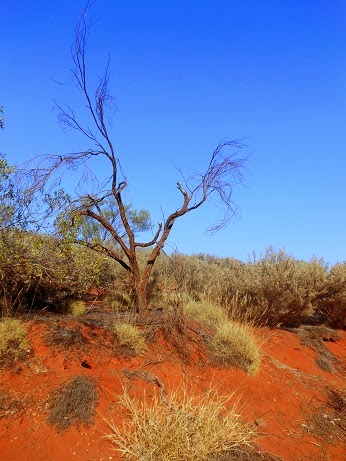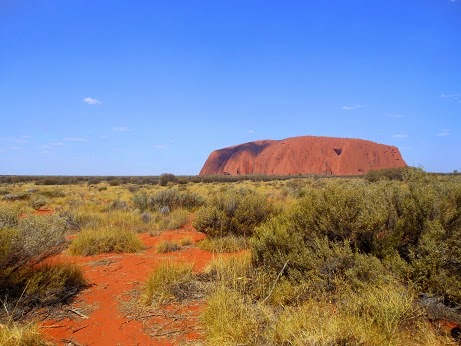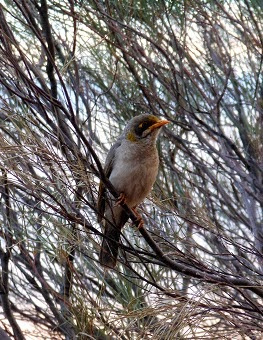 |
| Red desert sands |
The Reviews: Lodging and Food
 |
| Three Carrots |
 |
| Sails in the Desert |
 |
| Four and one-half Carrots |
 |
| Kangaroo Steak |
Created for young-at-heart adventurers, this blog provides information about both domestic and international travel.
 |
| Red desert sands |
 |
| Three Carrots |
 |
| Sails in the Desert |
 |
| Four and one-half Carrots |
 |
| Kangaroo Steak |
 |
| Uluru |
 |
| 'City Center' seating area |
 |
| Dingo, wallaby, rabbit, lizard and human tracks |
 |
| Honey Eater |
 |
| Blooming plants and a praying mantis |
 |
| Sydney Opera House |
 |
| Night view from Sydney Tower |
 |
| Top L to R: Cockatoos, Queen Victoria, Kookaburra Bottom L to R: St Mary's Cathedral, Sydney Harbor |
 |
| Top to Bottom: Chairlift, echidna, Tasmanian Devil, giraffes |
 |
| L to R: Opera House, Alex and the purple carpet, Alex and the structure of the sails |
 |
| Top: Cynthia and Il Porcellino, Skyline Bottom: Aboriginal art, Birds and people in the Royal Botanic Gardens |
 |
| L to R: Dave on sub, Cynthia on ferry Beer can sailboat, Abseil for Youth |
 |
| Bluestem Grass and Purple Thistle |